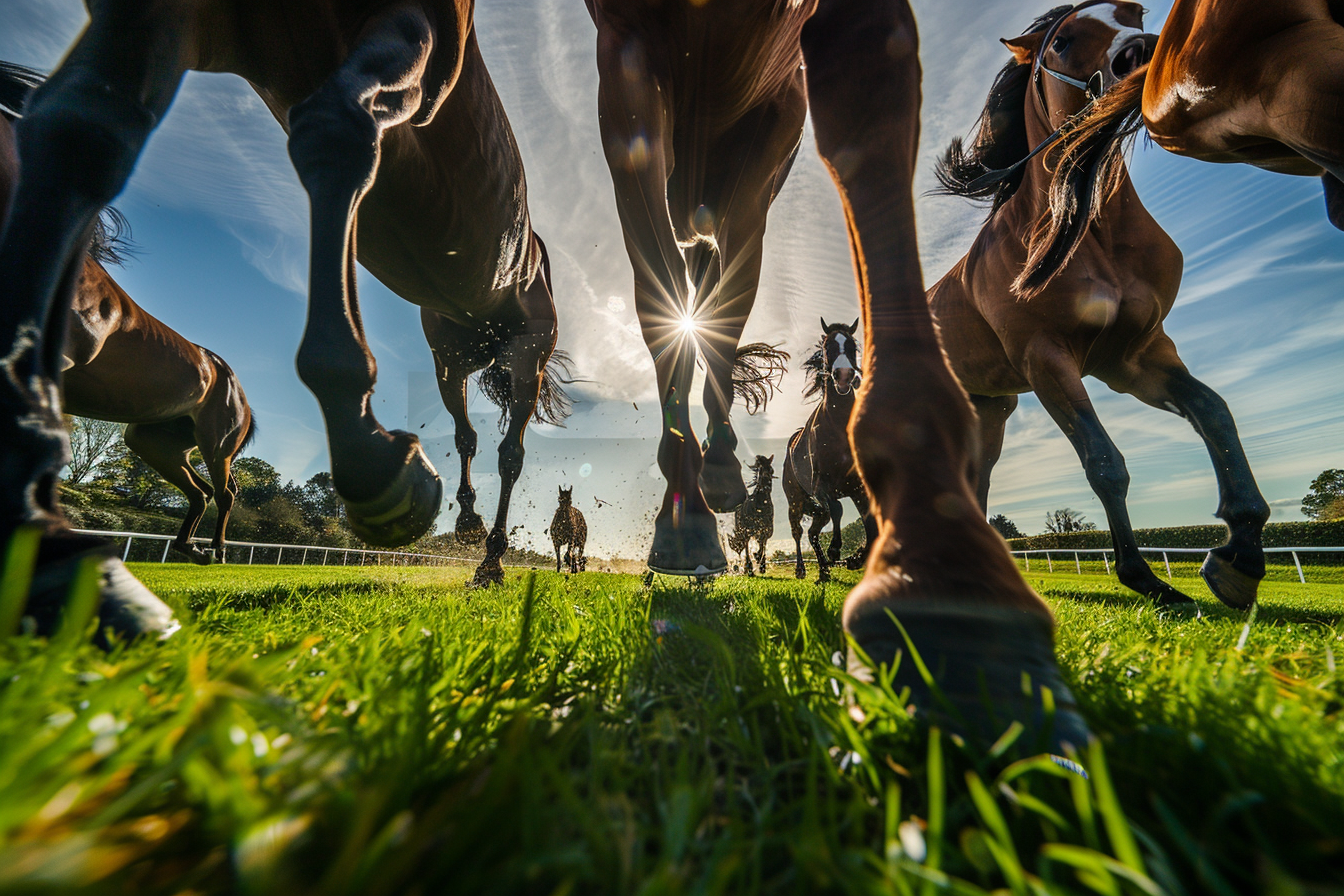This Month's Best Tipsters
These Top Tipsters Are Waiting To Share Free Betting Tips With You




At Betting Gods, we never shy away from our results. You can see them right here on this site; the good, the bad, and the ugly.
What we promise is to always be open with you. Whether our tips win or lose, you’ll find all the details right here on our site. We’re proud to share every single tip our tipsters put out, win or lose, along with the running profit too.
Think of us as your open book in the betting world. Genuine, transparent, and always willing to share those winning and losing moments. Because that’s what being a trustworthy brand is all about, right?
Curious to see what others are saying?
Read the reviews from our community at the Betting Gods review page.